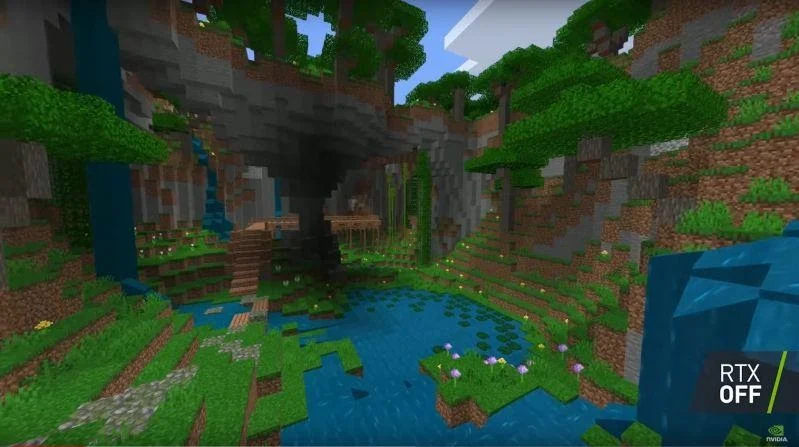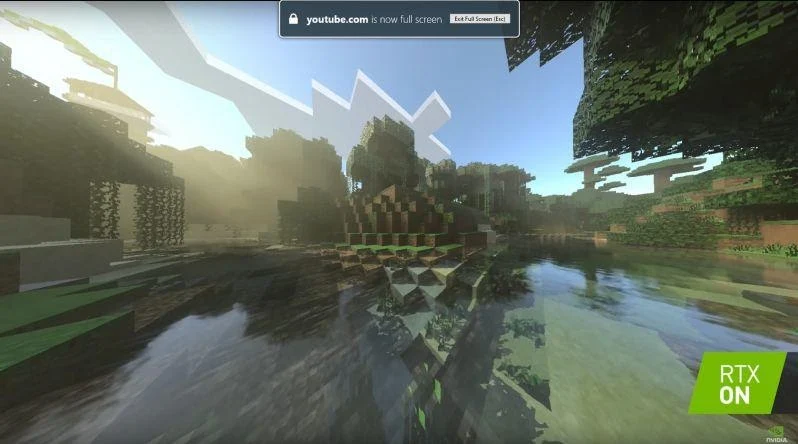Ad Code
Translate
List of 6,000+ Dofollow Commentluv Blogs FREE (Updated 2025)
January 16, 2025
What is Ozempic (semaglutide)? (Updated in 2025)
January 30, 2025
How To Find Suitable Properties In Cyprus? (Updated in 2025)
January 11, 2025
Smart strategies for trading on crypto exchanges
February 18, 2025
This Is The Time For Software Developers To Play Catch Up With The Hardware Industry
Khabza Mkhize
February 11, 2024
Hardware has and probably won’t stop innovating anytime soon. The computers, laptops, and even phones we have today are many times faster than the stuff from just a few years ago.
However, the same can’t be said for the software we use on these incredible machines. Developers can take months and sometimes even years to use new hardware.
If this sort of thing isn’t to your liking, why not check out Top Thin & Light Laptops
How Far Has The Hardware Industry Come?
At times, it can be a bit overwhelming to keep pace with the hardware industry, especially considering the rate at which it’s progressing. From AMD’s latest line of third-generation Ryzen processors to Ray Tracing technology, making games look more real-life than ever.
The Products of Innovation
Nvidia RTX
While AMD has caught up to Intel regarding CPU horsepower, the red giant still hasn’t entirely managed to pin Nvidia as they continue to innovate with their rather confusing RTX line of graphics cards.
RTX GPUs are currently the only graphics cards on the market to offer Ray Tracing technology. The technology allows developers to simulate the physical behavior of light to bring their virtual worlds to life.
RTX technology being applied to even simple games like Minecraft has stunning results.
Why Is Innovation In Hardware Trending?
Why is such an overwhelming level of R & D being put into hardware these days?
The main reason is competition. With companies being locked in a fierce battle to gain more significant market share, they’re investing millions into making their hardware more appealing to consumers with a whole host of new bells and whistles.
Before AMD came back into competition with Ryzen, Intel stuck to four cores within its desktop CPUs. As soon as Ryzen was released, Intel scampered up the core count of its CPUs to stay caught up.
Software is Lagging Behind Hardware
So, great hardware at competitive market prices, what’s not to love? Well, it has to do with another problem this has given rise to. It doesn’t matter how good you make the hardware when you haven’t got software that can fully utilize that shiny new horsepower; what’s the point?
Just look at modern games. Even as a prime example, you have hardware with up to 16 cores on the consumer market, yet most games never seem to utilize more than 4 cores at a time.
Many creative software, such as Adobe Premiere Pro, suffer from the same issue. Professionals have even begun resorting to lower core count, higher-clocked CPUs.
An executive from Intel is quoted as having said that when they release new hardware, it can typically take 5 to 7 years for software to catch up. Worst that, most of the applications today are still single-threaded.
The problem lies with modern programming languages needing to be more multi-thread friendly and a lack of knowledge among software developers on effectively utilizing parallel processing within their applications.
It's Time Software Caught Up
Now is when the Software Industry should buckle down and race to catch up with hardware. The silicon in our machines is now more advanced, efficient, and cheaper than we could have ever imagined.
With powerhouse silicon now ushering its way into the homes of the general public, software developers can speed up their applications many times over through simple code refinement. With more power comes the possibility of new features that weren’t impossible before.
This could tempt consumers to upgrade from their 2008 versions of software there. Read this, stop wasting time constantly redesigning your application, and let us use our new-fangled hardware to its limit.
Conclusion
There remains no doubt that the software industry has some serious catch-up to do with the hardware industry.
Tell us your opinions by leaving a comment below, and check out our other tech-focused content over at NetBookNews.
Featured Post
12 Prominent new technologies and trends emerging in 2025
Khabza Mkhize-
April 02, 2025
Soapie Teasers
Sister Sites
Most Popular
List of 6,000+ Dofollow Commentluv Blogs FREE (Updated 2025)
January 16, 2025
Smart strategies for trading on crypto exchanges
February 18, 2025
Popular posts
List of 6,000+ Dofollow Commentluv Blogs FREE (Updated 2025)
January 16, 2025
Smart strategies for trading on crypto exchanges
February 18, 2025
Footer Menu Widget
Created By Blogspot Theme | Distributed By Gooyaabi Templates








Social Plugin